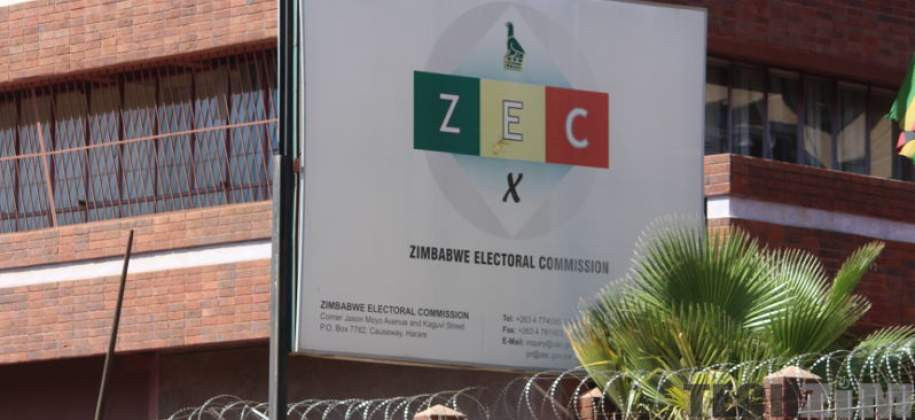
THE Famine Early Warning Systems Network (Fewsnet) has warned that Southern African countries, Zimbabwe included, are most likely to experience a food crisis amidst sky rocketing fuel and food prices.
The Fewsnet warning follows recent other reports by the Food and Agriculture Organisation (FAO) and World Food Programme (WFP), which have listed Zimbabwe among 19 food insecure nations that might face critical food shortages from October 2022 to January 2023.
The World Food Programme (WFP) projected that the country’s food crisis might worsen by year end.
In an exclusive report titled Southern Africa Key Message Update: Crisis (IPC Phase 3) outcomes driven by weather shocks, conflict, and poor economies in early 2023, October 2022, Fewsnet said the poor rainfall patterns witnessed in most Southern African countries, coupled with other factors such as high fuel prices, and would result in widespread hunger and poverty.
“Crisis (IPC Phase 3) outcomes are expected to become more widespread in areas of southern Madagascar, Malawi, and Mozambique, as well as areas of Angola, and much of Zimbabwe, due to compounding impacts of poor 2021/22 rainfall, tropical cyclones, and domestic economic declines starting in October,” the report read.
“In DRC and Zimbabwe, food prices are expected to remain above the five-year average throughout the lean season. Food security outcomes are expected to be most severe in southwestern Madagascar, where emergency (IPC Phase 4) outcomes are likely also starting in October. The population in need is likely to steadily increase through early 2023.
“Across the region, poor households are engaging in off-season income-earning activities. While opportunities are currently limited, they are expected to improve to near-normal levels in October as land preparation starts in most areas. The period from November through December will likely see further improvements in agricultural activities, including planting. La Nina conditions predicted are typically associated with average to above-average rainfall in Southern Africa. They will likely improve the availability of agricultural labour opportunities in much of the region,” the report said.
It further said food prices are increasing as more households rely on markets for food, especially in areas where production deficits were observed in 2022.
- Govt to distribute grain as hunger stalks millions
- Hunger stalks region
- Zim’s urbanites facing high prices
- 3,8m villagers face hunger
Keep Reading
“This year, price increases are accelerated by high fuel prices linked to high global prices,” the report said.
- Follow Lorraine on Twitter @RMuromo










